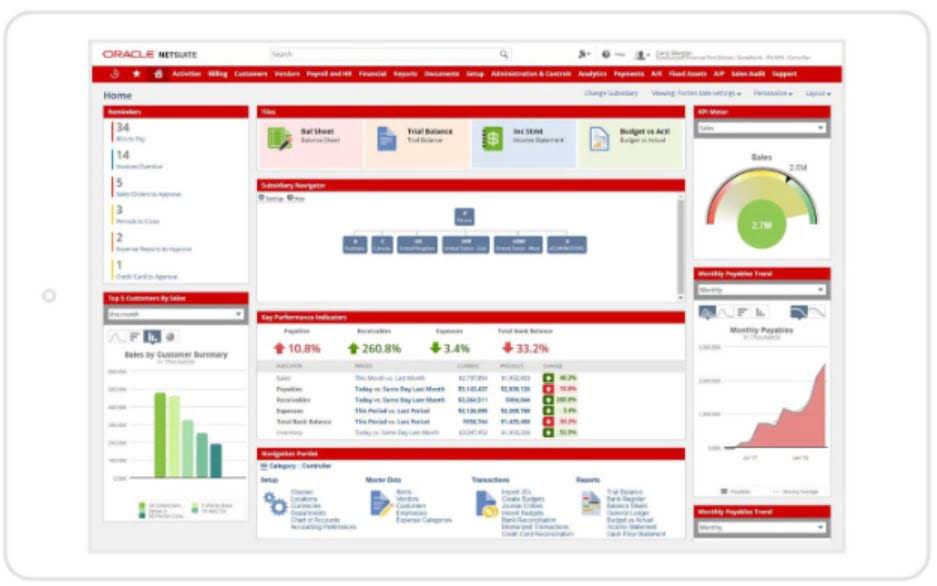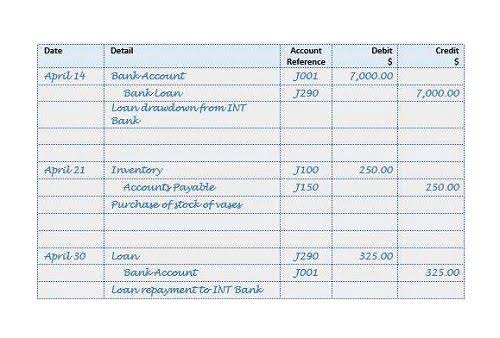
Transactional accounting is a primary requirement for most accountants. These accountants are responsible for recording the financial events occurring in a company. However, the crucial part of this process is to conform to the acceptable practices in accounting. On top of that, recording those accounting transactions accurately is critical. Transactional accounting is also a crucial part of the educational requirements for accountants.
Example of recording transactions in accounting
Apart from the cost incurred in purchasing the goods, any additional expenses like Carriage, Import Duty, etc is also paid. Any expenses incurred during the purchase of goods will be shown separately unlike an expenditure on assets. Any amount spent in order to purchase or sell goods or services that generates revenue in the business is called expenses.
Interest on Capital:
Depreciation of the farm tractor will reduce the value of total assets and owner’s equity. So the accounting equation after this transaction will be $10,000 higher on both sides. Once an accounting period ends, a new one begins, and the process starts over again. It can also be helpful to classify our “accounts” into their respective categories. Sales are a form of revenue, and hence we can place it in the Revenue category. To pay the interest, we took money out of the bank account, so the other side of the equation will be a decrease in our bank account of $1,000.

Chapter 7: Bills of Exchange

These transactions are necessary for credit purchases and sales. This guide breaks down the accounting process into easy-to-follow steps that are repeatable every time a new accounting period begins. The accounting cycle is compatible with technology and can be implemented by companies using accrual or cash accounting and double or single-entry accounting. Fortunately, established processes exist to help businesses and entrepreneurs accurately record and Accounting for Technology Companies report financial activities.

The process of journalizing starts whenever a business transaction occurs. The general ledger serves as the eyes and ears of bookkeepers and accountants and shows all financial transactions within a business. Essentially, it is a huge compilation of all transactions recorded on a specific document or in accounting software. Here is an additional list of the most common business transactions and the journal entry examples to go with them. Now that these transactions are recorded in their journals, they must be posted to the T-accounts or ledger accounts in the next step of the accounting cycle.

What Are the Different Types of Journals?
The Drawings account will be debited, and the cash or goods withdrawn will be how is sales tax calculated debited. When you’re done with these lessons, move on to the next chapter, where we’ll go deeper into these transactions and cover the double entries we have to make for each one. In this type of transaction we have an expense and pay this immediately. When a debtor pays us for the debt owed, we have to record this payment and cancel out the records of that debt. As opposed to the previous transaction, in this one the cash is not received right away, but instead is owed to the business.
- In this final type of transaction we pay off a debt that we owe.
- Internal transactions (also known as non-exchange transactions) are those transactions in which no external parties are involved.
- The general ledger serves as the eyes and ears of bookkeepers and accountants and shows all financial transactions within a business.
- Overall, transactional accounting involves recording transactions as they occur according to accounting standards.
- For example, suppose, you run a merchandising business and you sell some goods to a customer for $500 cash.
- Rent is an expense for business and thus has a debit balance.
Journal Book is maintained to have prime records recording transactions in a journal for small firms. After preparing the journal book, the transactions are then posted to Ledger. The list above represents all the basic accounting transactions we have. See the chapter on double-entry accounting for a deeper look at each of these transactions (including the debit and credit entry for each one). Each transaction is recorded in the accounting system by a general journal entry.